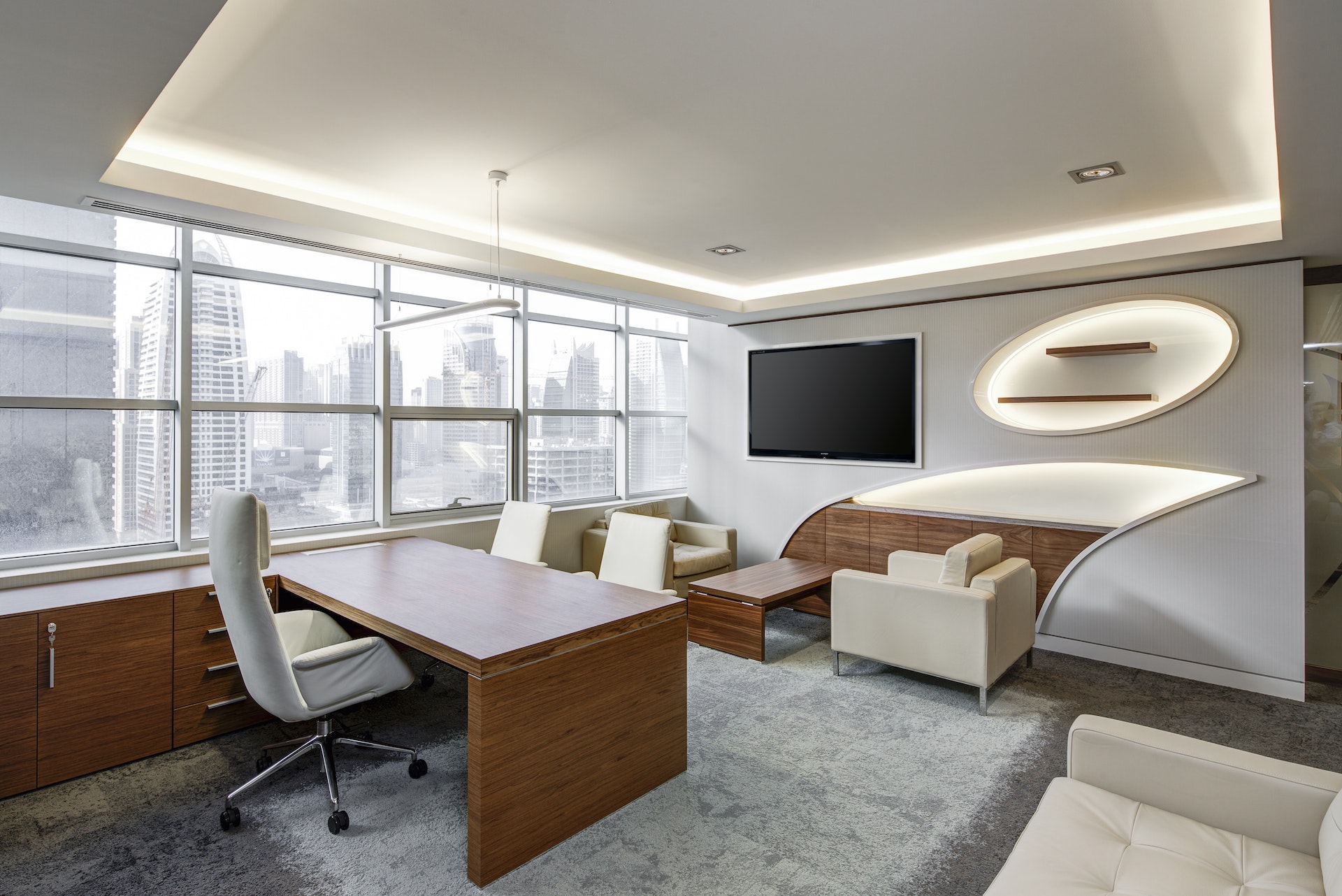
The Differences Between Normal and Office Furniture
Our lives would not be complete without furniture, which serves both practical and aesthetic purposes. Regular furniture and office furniture stand out as two separate categories among the numerous furniture types that are accessible. While they might have certain similar uses, their design takes a variety of factors into account in order to meet the demands of various situations and needs. We will look at the main distinctions between home and office furniture in this post.

What Are Office Furniture?
On the other hand, office furniture is created explicitly for use in a workspace. Items like desks, seats, file cabinets, and bookcases can be categorised under this. Office furniture is made with practicality in mind, with an emphasis on providing people with the tools they need to be organised and productive.

So, What Are The Differences?
So, what exactly are the differences between office and home furniture? Here are some examples:
The Purpose And Reason They Are Built For
Ordinary furniture and business furniture differ primarily in their intended uses and functionalities. Conventional furnishings, usually referred to as domestic or house furnishings, are made for individual use in homes. It contains furniture pieces that prioritise comfort and style to make a house seem warm and welcoming, such as couches, beds, dining tables, and entertainment units.
Office furniture, on the other hand, is designed expressly for settings where professionals work. With an emphasis on ergonomic support, productivity, and organisational efficiency, it consists of desks, seats, storage units, and conference tables. Office furniture is made to withstand regular usage, extended workdays, and the rigorous demands of a busy workplace.
The Differences In Terms Of Ergonomics
The design of workplace furniture must consider ergonomics in mind. Given that people spend a lot of time working in offices, it is crucial to put their comfort and well-being first. To encourage good posture and lower the risk of musculoskeletal problems, office chairs are ergonomically designed with adjustable features like lumbar support, armrests, and seat height.
Although regular furniture can also have ergonomic features, it sometimes lacks the level of detail and customisation seen in office furniture. Home furniture may place less emphasis on comfort for prolonged use and instead place greater emphasis on aesthetic appeal.
The Materials Used Are Different
The majority of office furniture is made to endure daily usage. To ensure lifetime, producers utilise premium components including commercial-grade steel, resilient textiles, and robust laminates. The emphasis is on producing furniture items that can withstand the rigours of busy office settings, ensuring employers get a decent return on their investment.
Regular furniture may be made to last as well, although it may not necessarily be as durable as workplace furniture. Given that residential furniture is intended for less frequent usage in homes, it may have more delicate materials, ornamental embellishments, and softer textiles.
Difference In Design and Aesthetics
Since homeowners are free to make their own selections that fit with their particular preferences and home décor, standard furniture frequently boasts a broader variety of design styles, colours, and materials. Home furniture producers offer a wide range of solutions for clients by catering to different interests.
Office furniture, on the other hand, has a more consistent and expert design approach. To create a unified and uncluttered look in workplace environments, neutral colours, clean lines, and basic aesthetics are favoured. This cohesive design aesthetic encourages concentration and efficiency at work.